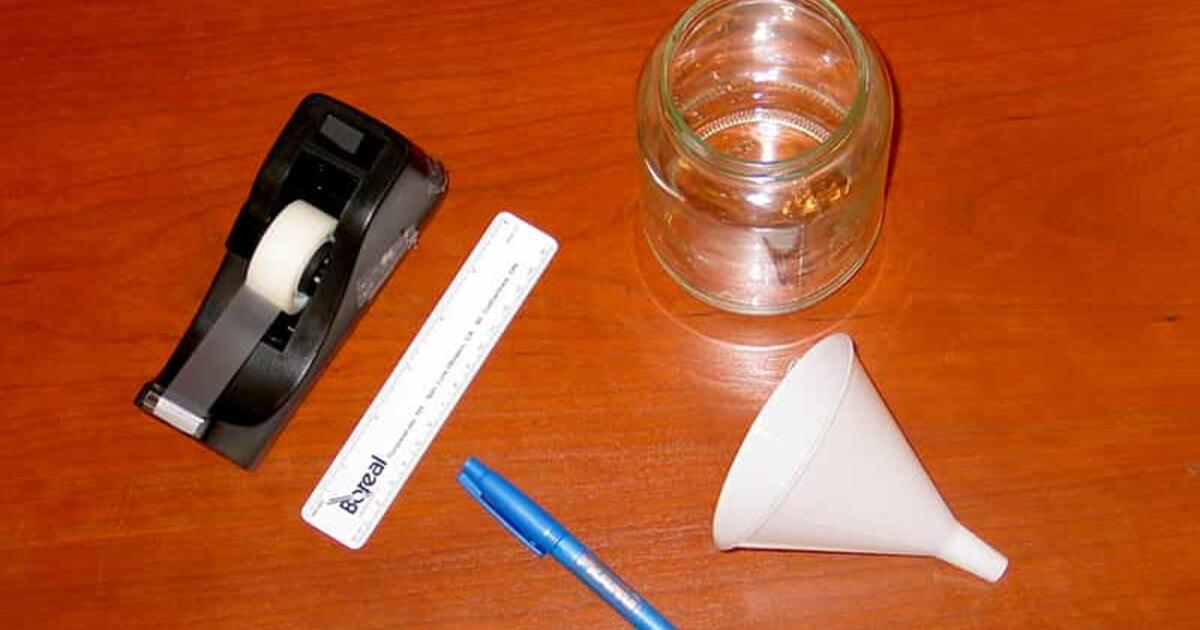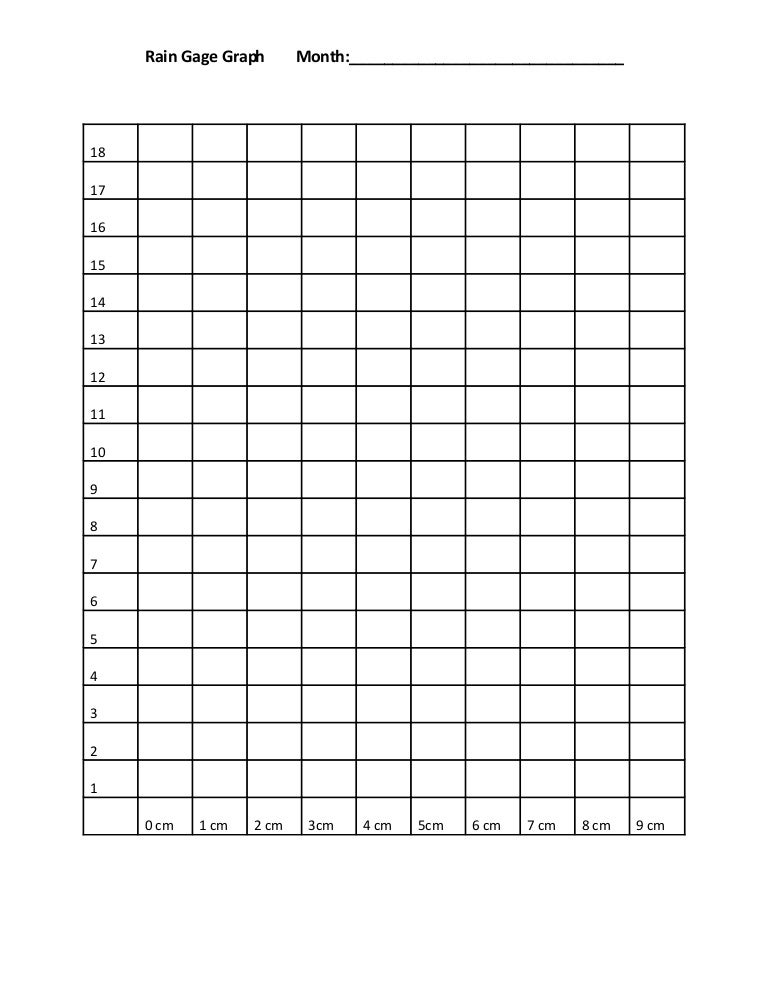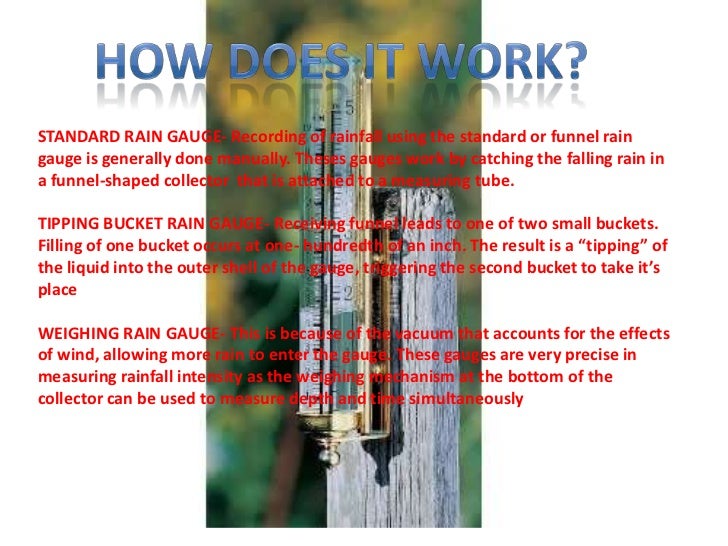43 types of rain gauge
Top 6 Best Rain Gauges [Apr 2022] Reviews & Buying Guide This type of rain gauge is suitable for people with a loose budget and want an ultra-convenient model to help you measure the rain totals. Analog rain gauges In comparison, this type of rain gauges is much cheaper and easier to use as well as to set up, which is the reason why we have included many models in the previous reviews. What AreThe Different Types Of Rain Gauges » 2022 There are many types of rain gauges. Some examples are an essential tube rain gauge, funnel-bucket gauge, tipping bucket, a weighing rain gauge, or precise weight. The advantage of using different types is that you can get the right one for your needs. They also have different price points and for general estimates cheaper sometimes works better.
Types of Rain Gauge for Rainfall Measurement - Dream Civil There are 2 types of rain gauges that are explained below: 2. Types of Rain Gauge 1. Non-Recording Rain Gauge Non-recording type rain gauge is the simple form of rain gauge that essentially collects the rainfall but does not record the quantity of the collected rainfall.
Types of rain gauge
Best Rain Gauge 2021 [Buying Guide + Reviews] - Garden ... A rain gauge, as its name suggests, is an instrument used to measure the amount of liquid precipitation over a time period. In short, a rain gauge measures rainfall. Meteorologists and hydrologists use this instrument for professional reasons, but there are also varieties of this instrument that will be perfect for a typical homeowner with a lawn, backyard or garden. What Is A Rain Gauge & What Are The Different Types Of ... There are mainly 5 types of rain gauges: Graduated Cylinder Rain Gauge (Standard Rain Gauge) Tipping Bucket Rain Gauge Weighing Precipitation Gauge Optical Rain Gauge Acoustic Rain Gauge Each rain gauge serves a different purpose, depending on the needs of the meteorologist, hydrologist, or home weather enthusiast. 1. Graduated Cylinder Rain Gauge Top 5 Best Rain Gauges [2022 Review] - WeatherStationProfy There are four main types of rain gauges: tipping bucket, weighing gauge, displacement gauge, and orifice gauge. Each type has its own unique benefits and drawbacks. Tipping Bucket Rain Gauge: The most common type of rain gauge, it is easy to use and reasonably accurate. It consists of a funnel with an attached, pivoting rod at the top.
Types of rain gauge. What Is A Rain Gauge: Garden Rain Gauge Info And Types Of ... An automatic type of rain gauge that registers inside the home is perfect for the hi-tech gardener, but most types of rain gauges are fairly simple devices that are mounted on a post with a screw, stuck in the ground with a spike, or stand atop the ground with an often decorative holder. Types of Rain-Gauge: Non-Recording and Recording Types Read this article to learn about the two types of rain-gauge, i.e., (1) Non-Recording Type Rain Gauge, and (2) Recording Type Rain Gauge! 1. Non-Recording Type Rain-Gauge: It gives only total rainfall occurred during particular time period. Recording type rain- gauge gives hourly rainfall. Rain Gauges: How to USE it Correctly? (User's Guide) Standard rain gauges include tipping bucket, weighing bucket, orifice plate, and standard cup. No matter which type of rain gauge is used, it is important to keep it clean and debris-free to ensure accurate measurements. Useful Tips When Using a Rain Gauge. Rain gauges have been around for a long time now so that you will find many on the market. Rain gauge - Wikipedia A self-recording rain gauge (interior) Types of rain gauges include graduated cylinders, weighing gauges, tipping bucket gauges, and simply buried pit collectors. Each type has its advantages and disadvantages while collecting rain data. U.S. standard rain gauge
5 Best Wireless Rain Gauges For Gardeners » 2022 Analog rain gauges are the simplest type of rain gauge. They consist of a glass container with markings that show the amount of rainfall. The most common types of analog rain gauges are the graduated cylinder and the tipping bucket. The Stratus Precision Analog Rain Gauge is a very accurate graduated cylinder rain gauge. Digital rain gauges Rain Gauge: Uses, Types, diagram, rainfall measurement ... Rain gauge is also variously known as a hydrometer, Ombrometer, or Pluviometer. Rain gauges are mainly of two types. Non-recording or ordinary rain gauges. Recording type or automatic rain gauges. 1. Non recording or original rain gages: The non-recording gauge (original gauge) extensively used in the world is the Symon's gauge. Best Rain Gauges In 2022 [Buying Guide] - Gear Hungry The Best Rain Gauge 1 AcuRite 00850A2 Magnifying Rain Gauge The AcuRite 00850A2 Magnifying Rain Gauge is a simple device that is designed to give you an inexpensive method of monitoring rainfall for any purpose. With it, you will have control over your rainfall pattern measurements for any use. Rain Gauge and Types of Rain Gauges - Civilmint There are three types of recording rain gauges as follows (I) Weighing bucket type (II) Tipping bucket type (III) Floating or natural syphon type rain gauge (I) Weighing bucket type Weighing bucket-type rain gauge is the most common self-recording rain gauge.
Types of Rain Gauges for Measuring Rainfall Data - The ... There are two types of rain gauges, non-recording type and recording type. Rain gauge is a type of instrument used by meteorologists and hydrologists to measure rainfall rate in a certain period of time. Rain gauges are also known as udometer, pluviometer and ombrometer. Contents: [ show] Types of Rain Gauges 1. Non-Recording Type Rain Gauge Guide to rain gauges: types, sizes, benefits and drawbacks ... Self-emptying tipping-bucket rain gauges are the most popular type of rain gauge. New designs include the BARANI DESIGN MeteoRain and historically very popular designs include Pronamic, Davis Instruments and RainWise rain gauges among the many types. What Are The Types Of Rain Gauges? - Renke At present, tipping bucket rain gauges, siphon rain gauges, ultrasonic rain gauges, etc. are more common in meteorological monitoring. They belong to different types of rain gauges, and their monitoring principles are different: Siphon rain gauge What are the Different Types of Rain Gauges? | Maximum ... The three major types of rain gauges are the standard gauge, tipping bucket gauge and weighing gauge. Further distinguishing aspects such as how they are set up and how they deliver data can be made, though the basic operation of rain gauges does not usually vary from these primary rain gauge types.
Finest Rain Gauges in 2022 - Garden Gate Top Reviews Different types of rain gauges configure different aspects of rain. The tipping bucket gauge specifies the character of the rain. An acoustic rain gauge enables the drop size distribution study of rain. So, you need to be mindful while buying a rain gauge that it should be specifically the type that does your work.
郎裸浪 What is a rain gauge and how does it work? Stratus Precision Rain Gauge - Best All-Around Rain Gauge. The Stratus Precision Rain Gauge is an instrument with professional accuracy, durability, and ease of use to accommodate an amateur. The Precision Rain Gauge is true to its name, accurate to 1/100th of an inch, exceeding US Weather Bureau standards.
Kinds of Rain Gauges - Nature | ScienceBriefss.com There are two types of rain gauge. They are Recording & Non-Recording rain gauge. Weighing Bucket, Tipping Bucket & Floating rain gauges are the type… 1. Introduction 2. Kinds of Rain Gauge 1. Non-Recording Rain Gauge2. Recording Rain Gauge 3. Factors That Need Considering During Choice of Rain Gauge Stations 1.
Learn About Types of Rain Gauge Devices | Get Contastic There are two types of rain gauge instruments. The first type is a gravity-flow meter powered by forcing water through a measuring tube filled with air. The second type is a wet cell thermometer that measures the temperature of the water contained in the measuring tube when pressure is applied to it.
PDF b. Recording types. b. Recording types. a. Non recording type Raingauges: These rain gauges which do not record the depth of rainfall, but only collect rainfall. Symon's rain gauge is the usual non recording type of rain gauge. It gives the total rainfall that has occurred at a particular period. It essentially consists of
What does a Rain Gauge Measure and How It Works ... Although there are several kinds of rain gauges in general, some of them indigenous mechanisms which occur only in certain specific regions, there are three broad types of rain gauges. They are: Standard Rain Gauge, Tipping Bucket Gauge Weighing Gauge. How Does a Rain Gauge Work?
Types of Rain Gauges - Science Struck There are other kinds of rain gauges, like the optical rain gauge and weighing precipitation gauge, but then, the latter can be used to measure all kinds of precipitation. The former uses a much more sophisticated form of measuring, like a laser diode and phototransistor detector, wherein, the dispersion of light is used as a basic concept.
What are the types of rain gauges? - Quora There are two types of rain gauges, non-recording type and recording type. Rain gauge is a type of instrument used by meteorologists and hydrologists to measure rainfall rate in a certain period of time. Rain gauges are also known as udometer, pluviometer and ombrometer. What Is A Rain Gauge & What Are The Different Types Of ...
The Best Solar Charge Controllers » 2022 When choosing a solar charge controller, it is essential to select one compatible with the type of battery being used (e.g., lead-acid, gel, or lithium-ion) and with the maximum power output of the solar panel array. Solar charge controllers typically range in price from $20 to $200, depending on features and capacity.
What are the Different Types of Rain Gauges? Information ... Different Types of Rain Gauges: 1. Tipping bucket rain gauge The tipping bucket rain gauge is a remote rainfall measuring instrument composed of a sensor and a signal recorder. The sensor is composed of a water-bearing device, an upper tipping hopper, a measuring tipping hopper, a counting tipping hopper, and a dry reed switch.
What does a Rain Gauge Measure and How it Use? - Renke A rain gauge is an instrument used to measure the amount of precipitation in a certain area over a period of time (the measurement of snowfall requires the use of a snow gauge). There are many types of rain gauges. Most rain gauges use millimeters as the unit of measurement, and sometimes the measurement results are in inches or centimeters as ...
What Is A Rain Gauge: Uses, Benefits, and How It Works ... A rain gauge is an instrument you can use to measure the amount of rainfall your area receives in a given time period. With this, you won't have to rely on local weather reports. You will have your own data you can use for the good of your plants. A rain gauge is a simple instrument anyone can install and use.
Top 5 Best Rain Gauges [2022 Review] - WeatherStationProfy There are four main types of rain gauges: tipping bucket, weighing gauge, displacement gauge, and orifice gauge. Each type has its own unique benefits and drawbacks. Tipping Bucket Rain Gauge: The most common type of rain gauge, it is easy to use and reasonably accurate. It consists of a funnel with an attached, pivoting rod at the top.
What Is A Rain Gauge & What Are The Different Types Of ... There are mainly 5 types of rain gauges: Graduated Cylinder Rain Gauge (Standard Rain Gauge) Tipping Bucket Rain Gauge Weighing Precipitation Gauge Optical Rain Gauge Acoustic Rain Gauge Each rain gauge serves a different purpose, depending on the needs of the meteorologist, hydrologist, or home weather enthusiast. 1. Graduated Cylinder Rain Gauge
Best Rain Gauge 2021 [Buying Guide + Reviews] - Garden ... A rain gauge, as its name suggests, is an instrument used to measure the amount of liquid precipitation over a time period. In short, a rain gauge measures rainfall. Meteorologists and hydrologists use this instrument for professional reasons, but there are also varieties of this instrument that will be perfect for a typical homeowner with a lawn, backyard or garden.














0 Response to "43 types of rain gauge"
Post a Comment